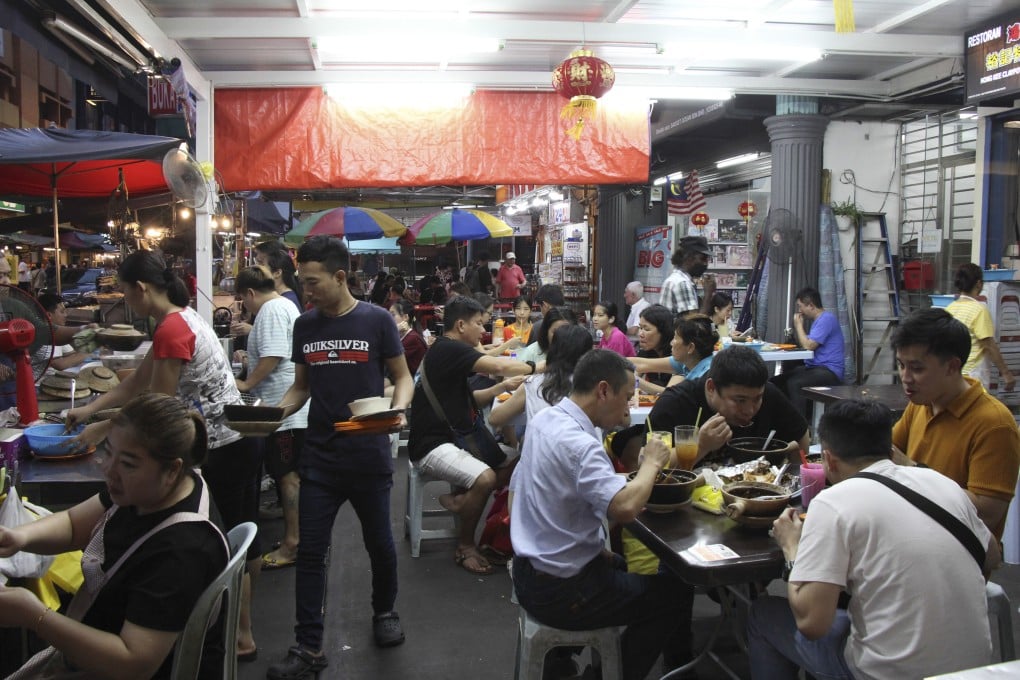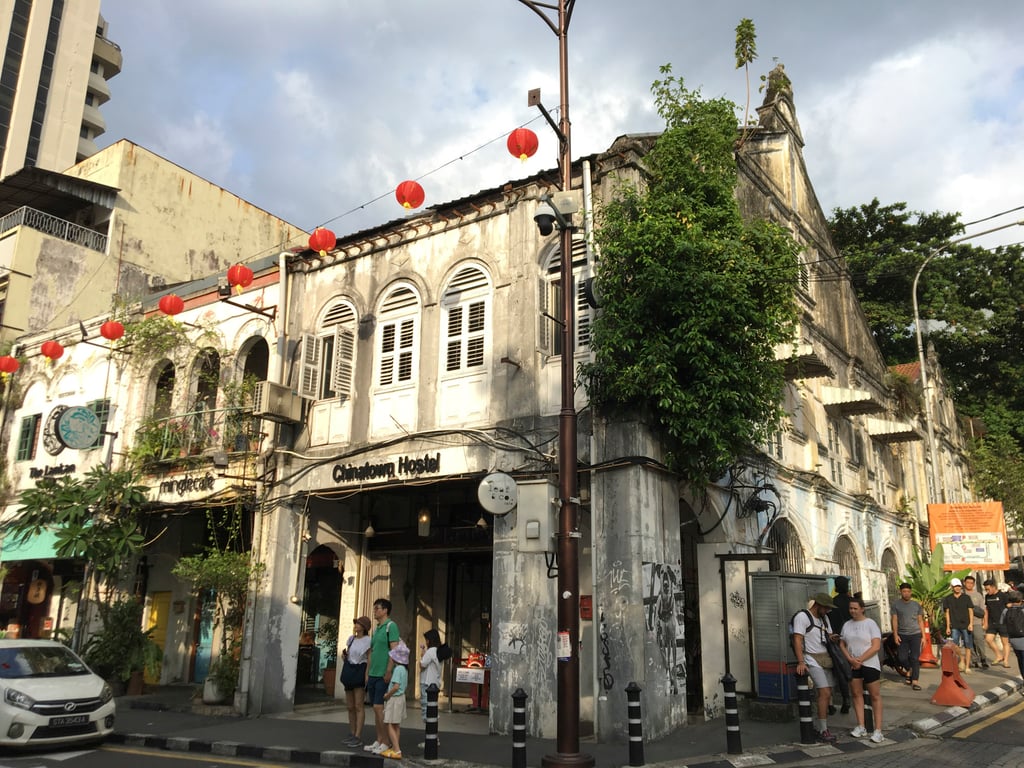Kuala Lumpur’s Chinatown: what to eat, drink and do in reborn area full of new restaurants, shops and bars
- Kuala Lumpur’s Chinatown has been transformed into one of the Malaysian capital’s most innovative neighbourhoods while retaining much of its heritage
- Cultural hub RexKL marks the area’s rebirth for locals, but the symbol of the renaissance for travellers is the Else hotel, located in an art deco landmark

For years, Kuala Lumpur’s run-down Chinatown was defined by its prime attraction, Jalan Petaling, the seething main street piled high with every counterfeit imaginable, from fake Lacoste T-shirts and Hermès handbags to Rolex watches and Ray Ban shades.
Heritage Chinese shophouses were left to crumble or had been converted into scruffy backpacker hostels, gambling dens and secretive mahjong clubs.
Not today, though. In just a few years, the neighbourhood has been transformed into arguably the most innovative part of the Malaysian capital.
Walking through Chinatown’s maze of narrow streets, the shophouses may still look half abandoned – paint peeling, facades overrun by tropical vegetation – but it is a different story inside, where stripped-back industrial interiors have been turned into cutting-edge spaces for coffee bars, speakeasies, restaurants and boutique hotels.

Shoppers looking for something more than the tat of Jalan Petaling head for the restored art deco Central Market, now filled with artisan craft stalls, fashion stores and art galleries.
“We now have a really supportive community of sustainable entrepreneurs showcasing local arts and culture, promoting local musicians, using local produce in our restaurants, everyone working closely together to make this neighbourhood the new face of Malaysia and Kuala Lumpur,” says architect and Chinatown conservationist Shin Chang.
